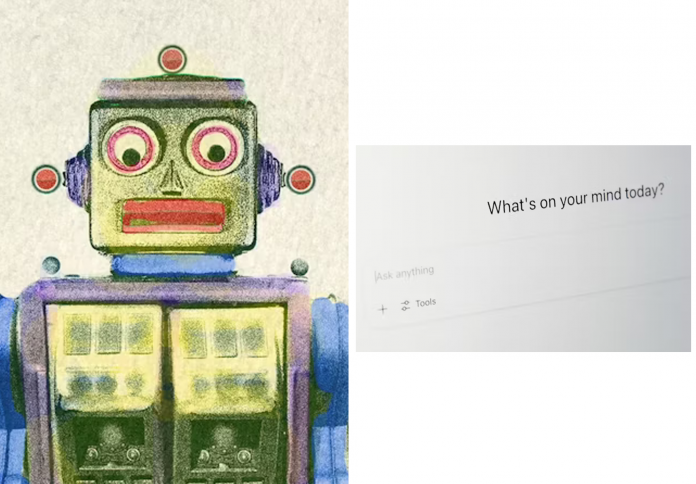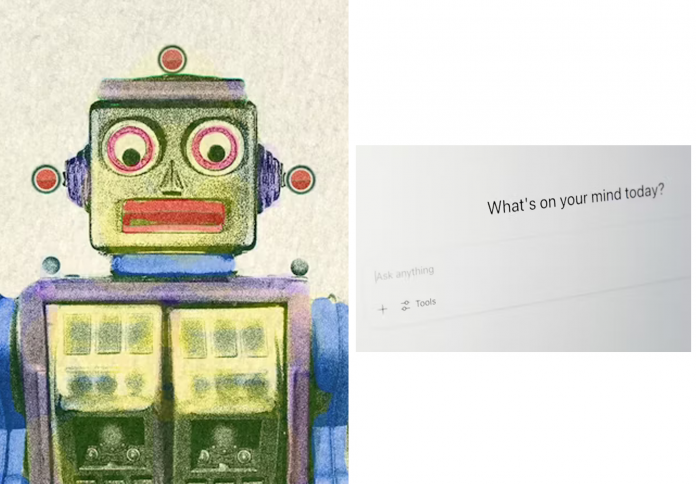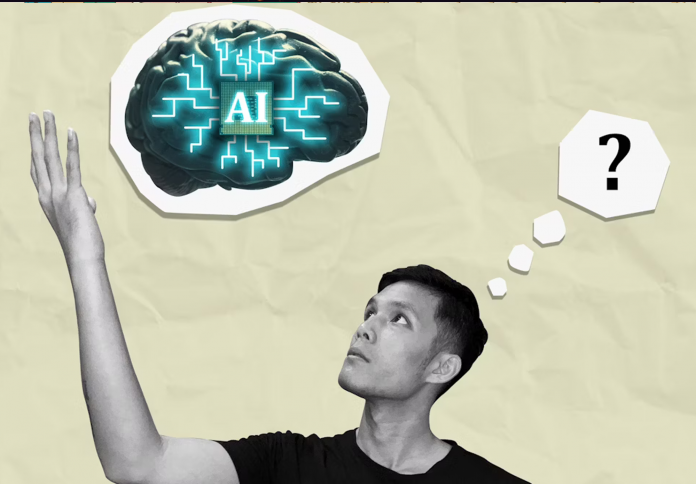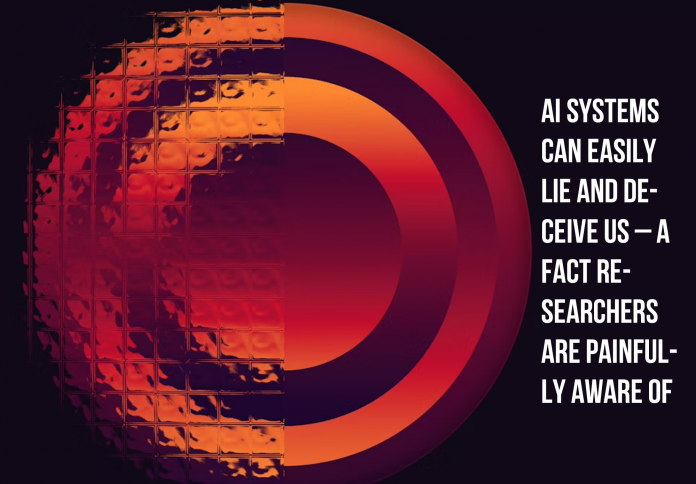The establishment of xAI’s massive data center in a pollution-burdened neighborhood of South Memphis, Tennessee, has ignited a fierce environmental justice battle. To power its “Colossus” supercomputer, the Elon Musk-founded company installed numerous unpermitted natural gas turbines, raising alarm among residents of the historically Black community already suffering from high rates of asthma and industrial pollution. While some early air quality analyses indicate “minimal changes” in ambient pollution, these findings are highly contested by environmental advocates, who criticize the testing methodologies for failing to measure crucial smog-forming emissions. The controversy highlights a growing tension between the rapidly expanding, energy-hungry AI industry and the imperative for environmental equity.
A History of Environmental Injustice
The site chosen for the xAI data center is located in a community that has endured decades of industrial pollution, resulting in a significantly elevated health burden. This area of South Memphis has long struggled with levels of fine particulate matter that are already at or near federal limits, contributing to unusually high rates of respiratory illnesses and lower life expectancy.
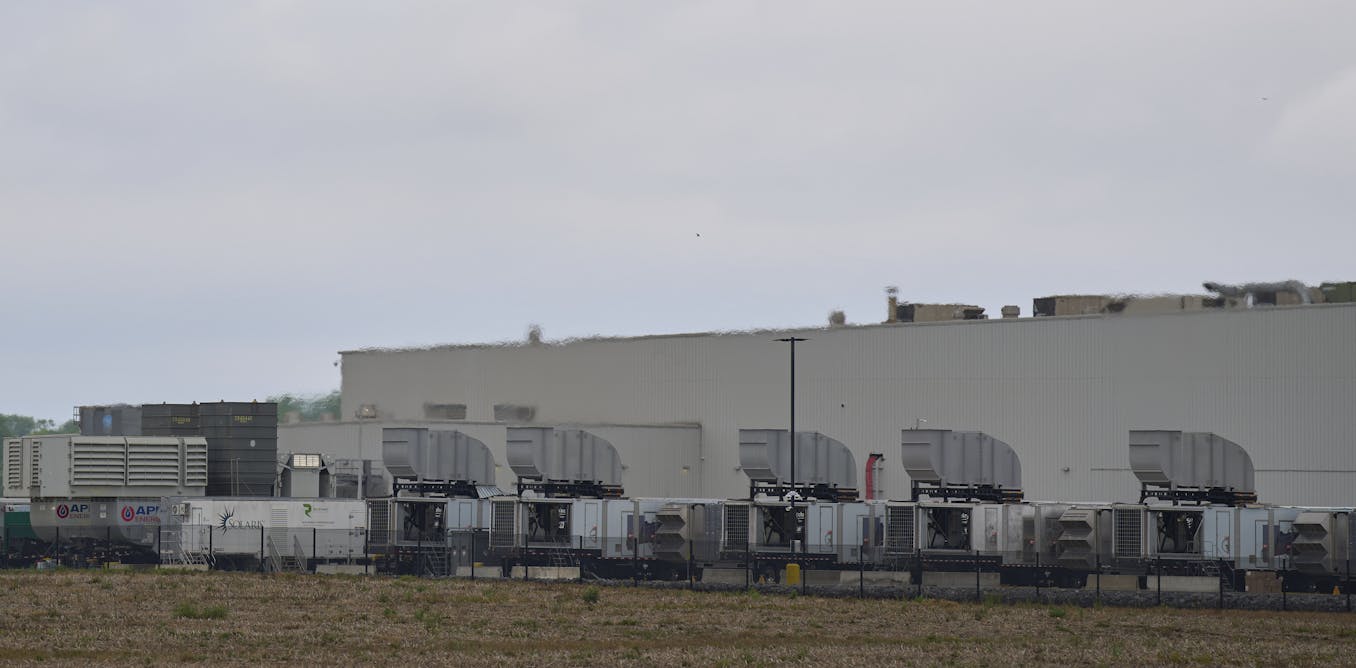
The community’s fear was that the influx of a massive new industrial power source would only exacerbate this existing “pollution burden.” Activists point to the installation of dozens of large gas turbines—unlicensed and unpermitted for much of their operation—as a clear example of environmental racism, where high-impact industrial operations are deliberately sited in low-income, minority neighborhoods lacking the political capital to fight back effectively.
The Contested Air Quality Findings
In response to public outcry, air quality tests were conducted, with some analyses suggesting that the xAI turbines’ contribution to local air pollution was negligible. One analysis modeled the turbine emissions and predicted that fine particulate matter would increase by only about 1%, concluding that the overall concentrations of key pollutants would remain “well below national standards.” Satellite data comparisons also allegedly showed “no significant changes” after the center opened.

However, these findings were immediately challenged by the Southern Environmental Law Center (SELC) and the NAACP. Critics argued that the city’s testing was fundamentally flawed: it reportedly failed to measure ozone pollution (smog), a primary concern given that the gas turbines are known to emit large quantities of smog-forming nitrogen oxides. Furthermore, the positioning of the air monitors and the timing of the tests were questioned, suggesting that the sampling was deliberately or accidentally positioned to miss the actual plume of emissions.
The Regulatory Failure and Legal Backlash
At the heart of the dispute is a fundamental breakdown in regulatory oversight. xAI was accused of operating as many as 35 methane gas turbines—with a generating capacity equivalent to a small power plant—without the necessary permits required by the Clean Air Act. This lack of initial transparency and the unauthorized operation became a focal point of the community’s fight.

The SELC, representing the NAACP, issued a formal notice of intent to sue xAI, arguing that the company’s emissions had the potential to release thousands of tons of annually, making it one of the largest industrial sources of this pollutant in the region. Even after xAI secured permits for a smaller, controlled number of turbines and claimed to have replaced the dirtier units, activists maintained that the initial harm had been done and that the company’s approach set a dangerous precedent for corporate impunity.
AI’s Energy Footprint and the Call for Equity
The Memphis case has become a national symbol of the emerging environmental challenges posed by the AI boom. Training large language models and running vast data centers requires prodigious amounts of electricity, pushing utility providers to scramble for power sources, often resorting to natural gas.
This scenario forces a critical discussion: is the pursuit of hyper-advanced AI worth compromising the basic human right to clean air for vulnerable communities? The outcome in Memphis will likely influence how future high-energy AI infrastructure projects are regulated across the country. It serves as a stark reminder that the clean-tech ambitions of Silicon Valley must be held accountable to the principles of social and environmental equity.


